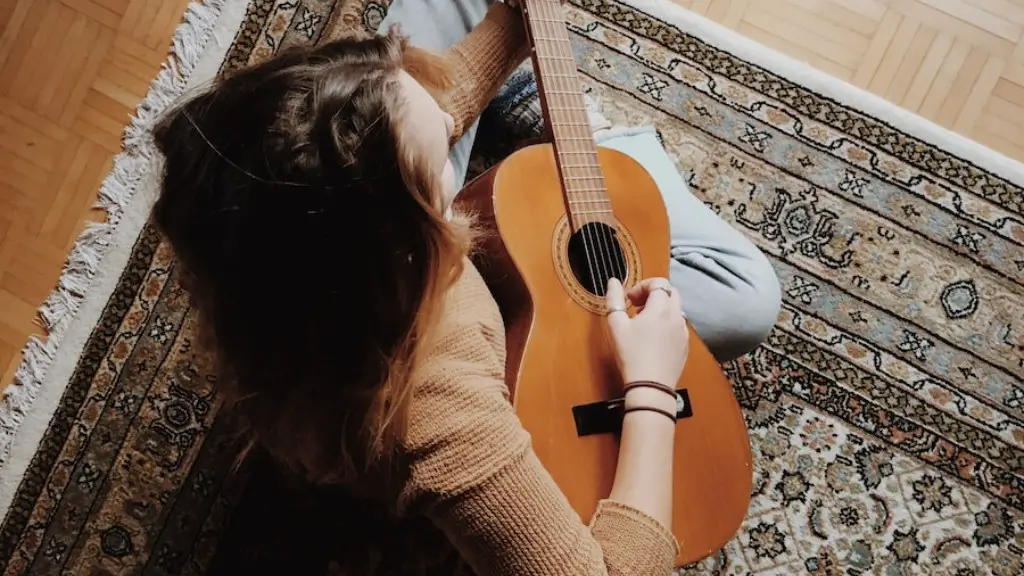Steps to Draw a Cute Tiger
Drawing a tiger doesn’t have to be intimidating. Use these easy steps to learn how to draw a cute tiger and create a masterpiece.
Step 1: Trace the Outline
Start by putting an outline on the paper. Draw a circle for the head, a long line for the body, and two ovals for the paws. The tail should also be curved. If you want to, you can draw a face for the tiger.
Don’t be scared to be creative and draw a unique tiger from your own imagination.
Step 2: Sketch the Strips
Next, use a black marker and start drawing the stripes. Make sure to not make them all the same size. Add some details like the chin and the nose, to make it look more realistic.
You can use other colored markers as well to make your drawing stand out.
Step 3: Color and Shade
When you’re finished with the outlines and the stripes, it’s time to add color and shade. Give your tiger a vibrant orange tone and use different shades of brown and black for the stripes. You can also add some green to the eyes and a bit of pink to the nose.
Make sure to blend the colors so they look natural.
Step 4: Finishing Touches
To wrap up the drawing, you can add some finishing touches like little details to bring it to life. Give the tiger a more bubbly look by adding stars and hearts and make it look even cuter.
Now your tiger is complete! Don’t forget to add some shadows and highlights for a more realistic touch.
Steps to Draw a Cute Tiger’s Environment
Adding a fun and inviting environment to your tiger can really bring the whole drawing to life. It’s easier than what you think, just follow these steps and be creative.
Step 1: Add a Background
Start by giving your tiger a landscape to live in. You can draw a lush jungle or a grassy meadow. Add some big trees and a rainbow for a fun and cheerful look.
If you want to, you can even make it a starry sky.
Step 2: Create the Foreground
Next, create the foreground. You can draw some rocks, a river, and a pond. Add some tall blades of grass or some wildflowers to give the setting a more whimsical feel.
Of course, you don’t need to include all of these elements; feel free to choose whatever you like the best.
Step 3: Include Some Fun Animals
Give your tiger some friends and create a fun wildlife scene. Draw some bunnies and cats or a family of birds. Add a butterfly or two to finish it off.
To make it even more interesting, get creative and add an elephant or a giraffe in the background!
Step 4: Add Some Clouds
To give your drawing a dreamy look, add some fluffy clouds and make the sky look more magical and inviting. Use a lighter shade of blue to give it a softer feel.
If you want to, you can even add some stars and sparkles for a more twinkling effect.
Steps to Draw a Cute Tiger’s Emotions
Animals can express emotions just like we do and it’s fun to show this on paper. This can also add an extra layer to your drawing and show your tiger’s personality.
Step 1: Brainstorm Ideas
Start by brainstorming ideas of what emotions or expressions your tiger could be showing. You could make the expression happy, sad, angry, surprised, or curious, or even combine several emotions together.
Take your time to think it through and decide which one you want to go for.
Step 2: Draw the Face
Once you have your idea, it’s time to draw the face of your tiger. Pay attention to the eyes and mouth to get the expression right. Make sure to draw the eyes in an almond shape for a more realistic look.
Orient your tiger’s face towards a certain direction and decide the angle too.
Step 3: Add the Details
Then, add the details that will help to show the emotion. Create a few wrinkles around the tiger’s eyes and mouth to show surprise or anger. And add a few lines on the forehead to show sadness or worry.
You can also use the tiger’s body language to help showcase the emotion.
Step 4: Add Color and Shade
Finally, add color and shade to your tiger’s face. Use some yellow and pink tones for a happy expression and dark blues and browns for sadder looks. Make sure to blend the colors completely for a more natural finish.
When your tiger is finally done, don’t forget to take a step back and admire your masterpiece.
Steps to Draw a Cute Tiger’s Accessories
Adding accessories to your drawing can really help to make it stand out from the rest. This can also give a visual representation of the kind of environment your tiger lives in.
Step 1: Find Inspiration
Start by looking for inspiration. Look up tiger pictures and find out what kind of accessories they like to keep around them. It could be a piece of jewelry, a colorful ribbon, or even a cool hat or sunglasses.
Or if you want to give your tiger a more wild look, you can add a bone necklace or a spiked bracelet.
Step 2: Choose the Accessories
Once you have an idea of what kind of accessories your tiger might have, it’s time to choose a few and include them in your drawing. Pick items that will reflect the tiger’s personality and make the drawing stand out.
You can draw whatever you like – it’s all up to you!
Step 3: Add Details
Now that you have picked your accessories, add some details to make them look more natural. Add some stripes to the jewelry or some spikes to the hat. Make the glasses more detailed or the bracelet brighter.
You can also draw some signs or symbols on the accessories to give them a more personalized look.
Step 4: Color and Shade
Once you’re done with the details, it’s time to color and shade the accessories. Vibrant colors will make them stand out from the background and make your tiger look even more cute.
Don’t forget to blend the colors and shades to make them look realistic.

